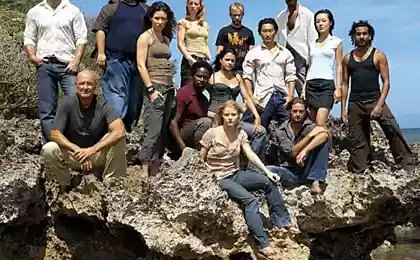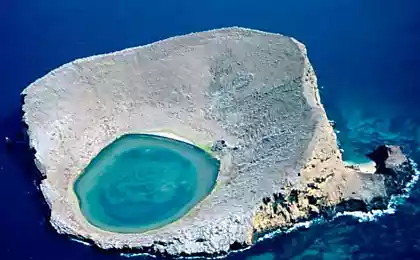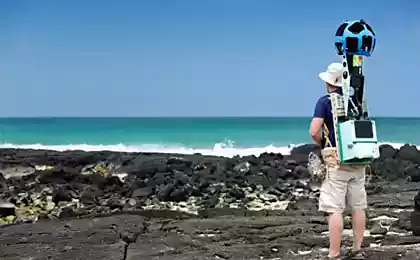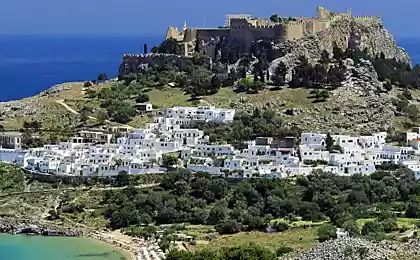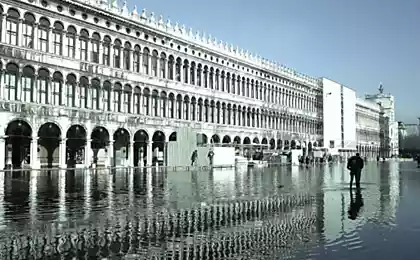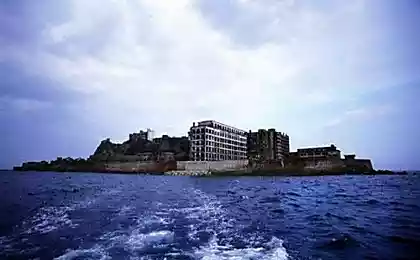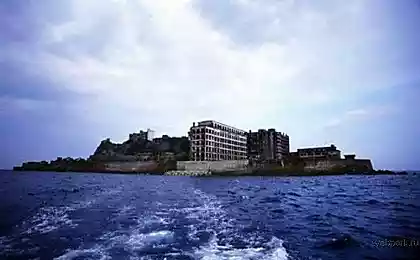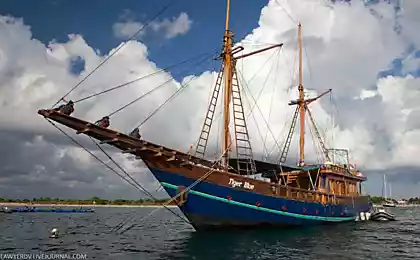287
Galapagos Islands: Nature and Attractions
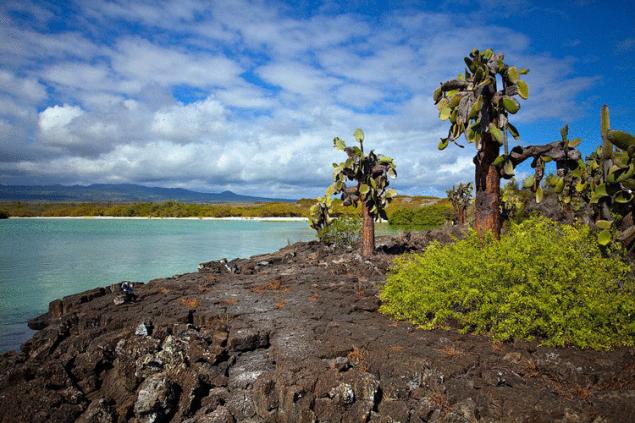
Despite their remote location off the west coast of mainland Ecuador, the Galapagos Islands attract quite a large number of visitors. As is expected from the archipelago that inspired Charles Darwin’s scientific work, the Galapagos has many unique marine animals, birds and plants. The striking scenery and laid-back towns also contribute to the local charm, making these remote islands a special place on earth. Here you will learn in detail about the nature and sights of this paradise archipelago.
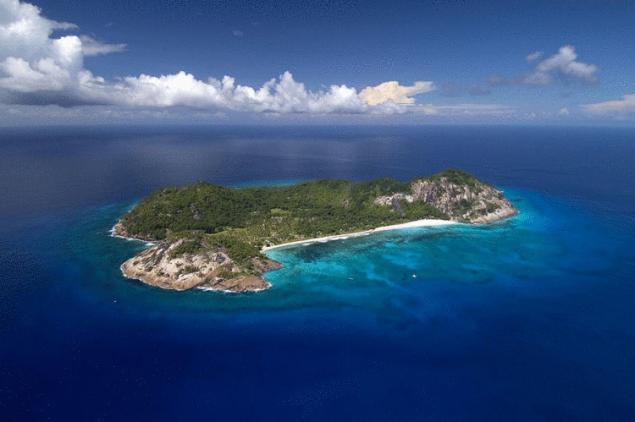
Tortuga Bay is famous for one of the best beaches of the Galapagos Islands. With miles of idyllic stretch of white as sand powder, the beach is near Puerto Ayora on Santa Cruz. It is not the most easily accessible beach, but a forty-minute walk along the most beautiful landscapes on Earth is worth it. Even on a busy day, there is more than enough space to immerse yourself in the beauty and privacy of a serene environment. Don’t forget to come back in the evening, as the passage closes overnight.
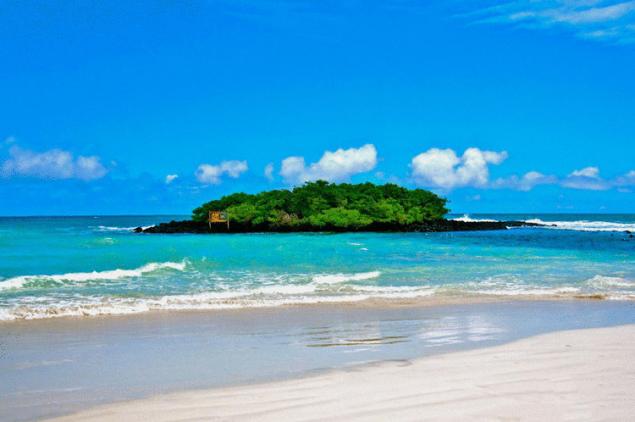
La Loberha. Less than a ten-minute drive from Puerto Baquerizo Moreno on San Cristobal, La Loberha Beach is much more accessible than Tortuga Bay. Of course, there are no panoramic views like Tortuga, but this small crescent-shaped beach is home to sea lions and their young. Sea lions in the Galapagos Islands are extremely tame. Some of them can sleep happily under the sun on the rocks, and while awake, will blithely wander around people. You can also watch for sea turtles swimming on a completely transparent shoal.
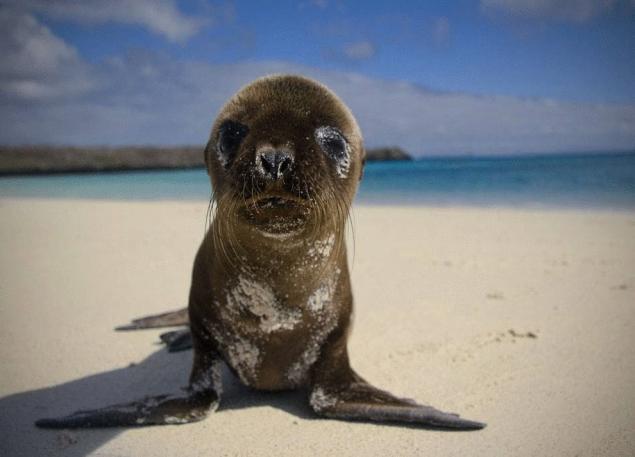
Seymour. Scorched by the sun and almost naked, Seymour Island is literally replete with turbulent bird life. Fear-inspiring frigate birds wind over the island, with their balloon-like sac-like esophaguses, majestically spreading their wings. Many other endemic birds can also be seen in the most favorable environment. Tourist groups on Seymour are strictly limited, so all nature is preserved as it was during Darwin’s lifetime.
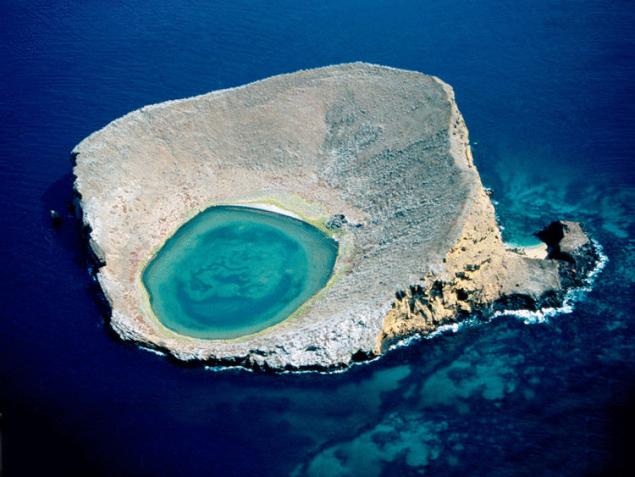
Kicker Rock. The recognizable Kicker Rock (Leon Dormido) rises from the depths of the ocean near the eastern coast of San Cristobal. The rock not only looks majestic from afar, but is also a popular place for snorkeling. In the volatile currents around Kicker, there is an abundance of marine flora and fauna, including rare Galapagos turtles. Swimming through a small channel in the center of Kicker, you will experience the full power of the currents here.

Puerto William. While Puerto Ayora is quite developed, the island’s main settlement, Puerto Villamil, still retains its charm with alleyways paved with volcanic stone and no ATMs. There are only a few cars on the largest Galapagos Islands, but most of their area remains intact. Just a few hundred meters from a small cluster of street restaurants, the dusty path goes away into the wild undergrowth.
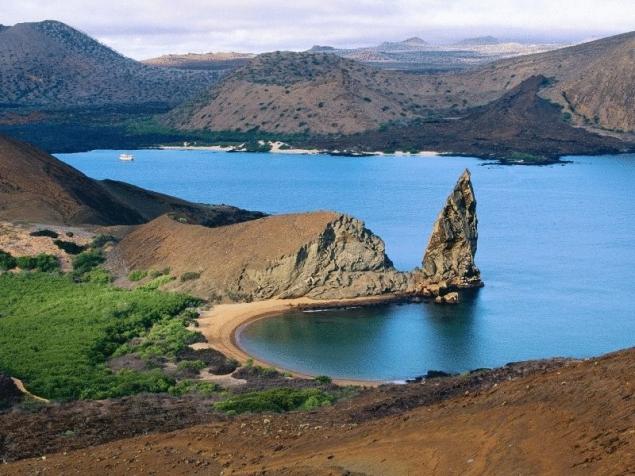
Las Tintoreras. A short boat trip from Puerto Villamil and you get to Las Tintoreras – a cluster of several small islets. They are home to some of the Galapagos Islands' most breathtaking creatures, with sea turtles, an abundance of penguins in the surrounding waters and a hammer shark lurking in canals between the rocks. Rare lizards soak up the sun on land, harmonizing with the colors of granite rock. The best attraction given the close proximity to Isabela, Las Tintoreras is an affordable choice even on a budget.
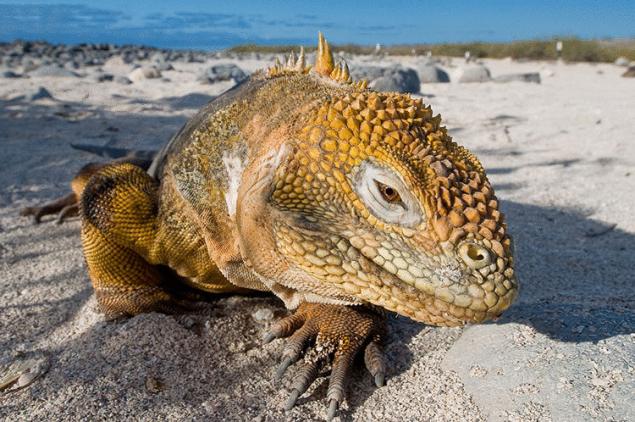
Santa Cruz Mountains. The verdant highlands of Santa Cruz are home to a population of local turtles, some of which are more than a century old. The number of turtles on Santa Cruz can vary depending on the time of year, but there are hundreds of them, serenely crawling along the leafy slopes of the hills. Before heading back down to the coast, make sure to visit the nearby underground lava tunnels and Los Gemelos, two vast volcanic gutter wells of almost dynac size.

Puerto Ayora. The largest city in the Galapagos Islands is a fantastic place to spend a few days. The atmosphere here is as calm as possible and extremely safe, there are many small restaurants and bars along Charles Darwin Avenue where you can stroll serenely in the evening. At the northern end of the promenade is the Charles Darwin Research Station, where young turtles from various islands of the archipelago are cherished before being released into the wild. Puerto Ayora Fish Market is a great place to stop and watch pelicans and sea lions push each other, hoping to get bits of food from fishermen.
Bartolome Island. The uninhabited islet of Bartolome is one of the most visited places in the entire Galapagos archipelago, despite being devoid of most popular native animals. Instead, all water walks flock to Bartholomew for its stunning natural scenery. The steps carved into the rock lead towards the extinct Bartholome volcano, and a short climb to the observation platform opens up panoramic vistas of the neighboring islands and the high Pinnacle Rock. The bay of the island offers fantastic snorkeling with penguins, turtles and many colorful fish. The natural attractions of the island are famous all over the world.
Darwin Island. Due to its distance from the main islands, cruise ships rarely visit Darwin Island. Scuba diving around the famous Darwin Arch is known for its most beautiful views in the world due to the huge variety of marine flora and fauna. It is quite cool here, and the current is very strong, but with whale sharks, giant turtles, and other outlandish creatures, Darwin Island is worth a visit. Not many people can say that they made a long trip to the most remote part of the Galapagos, but those who did – will never be disappointed, as these are the most amazing islands in the world.
Source: lifeglobe.net/
